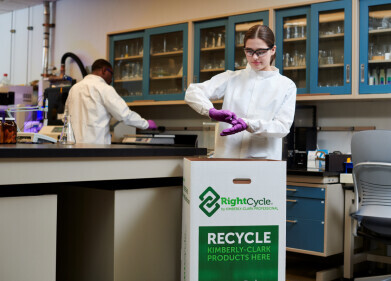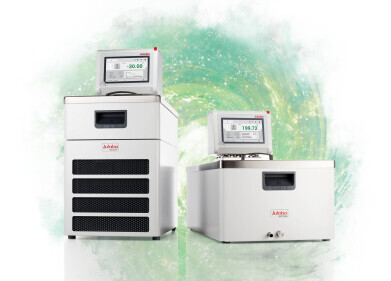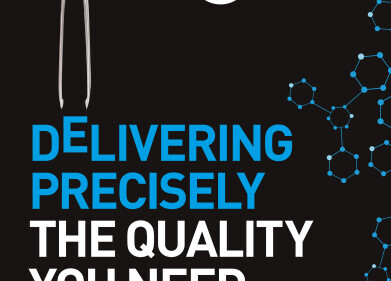Laboratory Products
How Accurate Is a Pipette?
May 21 2021
Accuracy and precision are top priorities in laboratories. Not only do accurate and precise measurements ensure reliable results, but they also improve occupational health and safety in the workplace. Pipettes play an important role in maintaining accuracy and precision in laboratories, with the tools used to aspirate, measure, transport and dispense small volumes of liquid.
So how precise is a pipette? Continue reading as we explore the accuracy of pipettes, why it matters and how to keep your tools as precise as possible.
Micropipettes
Patented by German physician Heinrich Schnitger in the 1950s, micropipettes marked a new era of accuracy for scientists. After becoming increasingly frustrated with glass pipettes while teaching at the University of Marburg, Schnitger invented a version featuring a spring-loaded piston and a removable plastic tip. The design was quickly snapped up by German-based life science company Eppendorf, which began mass producing micropipettes in the 1960s. Micropipettes are now a staple in laboratories and offer accuracy of within a few percent points, usually <3% of the desired measurement.
Volumetric pipettes
Volumetric pipettes are considered the most accurate, with the capacity to measure up to four significant figures. This makes them the pipette of choice for applications where accuracy is critical.
Checking pipette accuracy
Like all laboratory equipment, pipettes need to be regularly checked for accuracy. The easiest way to check pipette performance is by weighing water, which has a density of 1 g/microlitre (µL). So, every µL of water should weigh 0.001 g. If you set your pipette to 100 µL, the weight scale should read 0.1 g.
The importance of accuracy
Maintaining accuracy is essential as discrepancies can have a major impact on results. For example, when carrying out quantitative polymerase chain reaction (qPCR) calculations, pipetting inaccuracies as low as 5% can result in template DNA variation of 2 ng. The inaccuracy continues to amplify as the reaction advances, which can lead to highly inaccurate results.
As well as equipment condition, pipetting techniques can have a significant impact on accuracy. A smooth motion is needed to draw up and dispense liquid, regardless of whether the pipette is properly calibrated. Pipettes should also be regularly checked for dirt and contaminants, which can further compromise accuracy.
Want to know more about the factors than can affect accuracy and precision when working with pipettes? Lee Moir, a representative from the MRC Harwell Institute in Oxfordshire, explores the importance of employee training and development, maintenance, servicing and best-practice techniques further in ‘The Art of Pipetting - Top Tips’.
Digital Edition
Lab Asia 31.2 April 2024
April 2024
In This Edition Chromatography Articles - Approaches to troubleshooting an SPE method for the analysis of oligonucleotides (pt i) - High-precision liquid flow processes demand full fluidic c...
View all digital editions
Events
May 05 2024 Seville, Spain
InformEx Zone at CPhl North America
May 07 2024 Pennsylvania, PA, USA
May 14 2024 Oklahoma City, OK, USA
May 15 2024 Birmingham, UK
May 21 2024 Lagos, Nigeria
.jpg)




.jpg)












